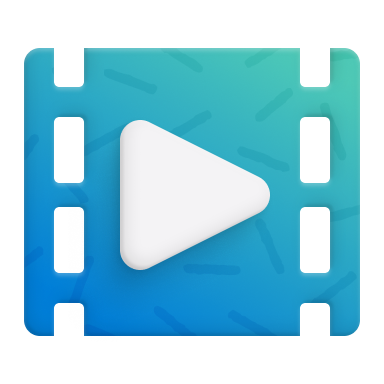Because the .card component has so many possible permutations, it can be helpful to provide examples of certain styles.
This card type contains a super title labelled by the card's type, a title, an icon, and a section to place metadata specific to the content type. Its footer has two sections: a lefthand section for status and progress, and a righthand section for buttons. It also uses border atomics to create a lefthand border.
<article class="card border-left-lg border-left-color-accent">
<div class="card-template">
<p class="card-supertitle">content type</p>
<a href="#" class="card-title">The headline of the content item</a>
<img
alt="Write alt text here or if image is presentational only add aria-hidden attribute"
class="card-template-icon"
src="https://learn.microsoft.com/en-us/training/achievements/review-microsoft-azure-pricing-slas-lifecycles.svg"
/>
<div class="card-template-detail">
<p>Place card details items here.</p>
</div>
</div>
<div class="card-footer">
<div class="card-footer-item">
<span class="color-success">
<span>Completed</span>
<span class="icon">
<svg xmlns="http://www.w3.org/2000/svg" viewBox="0 0 448 448" class="fill-current-color">
<path
d="M160 397.255L9.373 246.627l45.255-45.254L160 306.745 393.373 73.373l45.254 45.255L160 397.255z"
/>
</svg>
</span>
</span>
</div>
<div class="card-footer-item">
<div class="buttons">
<button class="button button-clear button-sm">Share</button>
<button class="button button-clear button-primary button-sm">Save</button>
</div>
</div>
</div>
</article>This card pattern makes use of the outer .card class and includes the use of the .media and .image components inside it. Also, because there is only one clickable element inside, it uses the .stretched-link component. There are also several flexbox based atomics applied inside .media to ensure links justify at the ends of cards when placed in a grid.

Videos
Media content is a place to put your text content.
Videos to help you get started.
<article class="card position-relative">
<div class="card-content display-flex">
<div class="media align-items-stretch">
<div class="media-left">
<div class="image image-64x64">
<img
alt="Write alt text here or if image is presentational only add aria-hidden attribute"
src="~/src/scaffold/media/video-media.png"
/>
</div>
</div>
<div class="media-content display-flex flex-direction-column">
<div>
<p class="text-transform-uppercase margin-bottom-xxs">Videos</p>
<p class="font-size-lg font-weight-semibold margin-bottom-xxs">
Media content is a place to put your text content.
</p>
<p class="color-text-subtle margin-bottom-xs">Videos to help you get started.</p>
</div>
<a class="justify-self-stretch stretched-link margin-top-auto" href="#">Watch videos</a>
</div>
</div>
</div>
</article>These cards use standard .card subcomponents, border atomics to create a left border, and (because they have only one clickable item inside) the stretched-link component. They use .card-content-description to truncate a string of summary text. Note that these will typically not be full-width elements, but will be displayed side-by-side with other cards of this type.
The longer description of the card, which will eventually become truncated the more we repeat this sentence. The longer description of the card, which will eventually become truncated the more we repeat this sentence. The longer description of the card, which will eventually become truncated the more we repeat this sentence. The longer description of the card, which will eventually become truncated the more we repeat this sentence.
<article class="card position-relative border-left-lg border-left-color-accent">
<div class="card-content">
<a href="#" class="card-title stretched-link">The title of the card</a>
<p class="card-content-description">
The longer description of the card, which will eventually become truncated the more we repeat
this sentence. The longer description of the card, which will eventually become truncated the
more we repeat this sentence. The longer description of the card, which will eventually become
truncated the more we repeat this sentence. The longer description of the card, which will
eventually become truncated the more we repeat this sentence.
</p>
</div>
</article>The testimonial card provides a place for a user's opinion to be showcased and includes the use of the .persona component. There are also several flexbox based atomics applied to ensure links justify at the ends of cards when placed in a grid.

Jane Doe
Software Engineer
"Lorem ipsum dolor sit amet, consectetur adipiscing elit, sed do eiusmod tempor."
Read this person's story<article class="card">
<div class="card-content font-size-lg display-flex flex-direction-column">
<div class="persona persona-lg">
<figure class="persona-avatar">
<img src="~/src/scaffold/media/avatar.png" alt="Avatar for Jane Doe" />
</figure>
<div class="persona-details">
<p class="persona-name">Jane Doe</p>
<p>Software Engineer</p>
</div>
</div>
<p class="margin-block-xs color-text-subtle">
"Lorem ipsum dolor sit amet, consectetur adipiscing elit, sed do eiusmod tempor."
</p>
<a href="#" class="display-block margin-top-auto font-size-md">Read this person's story</a>
</div>
</article>